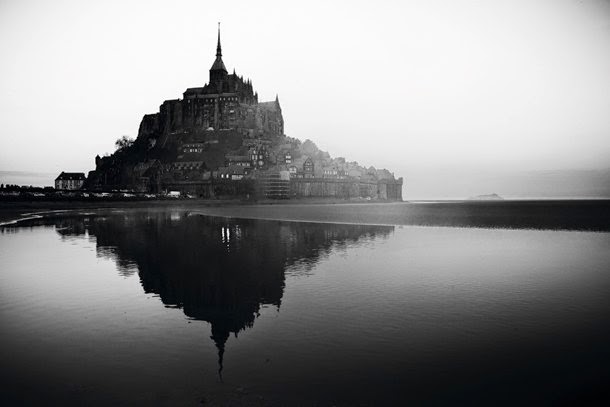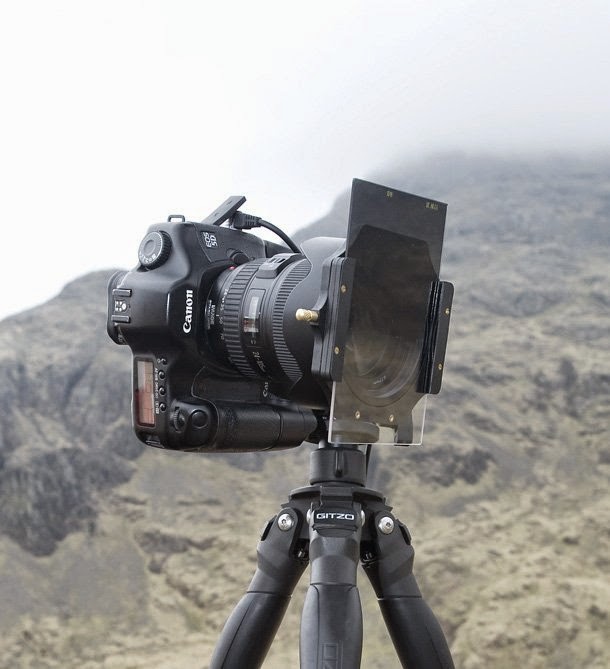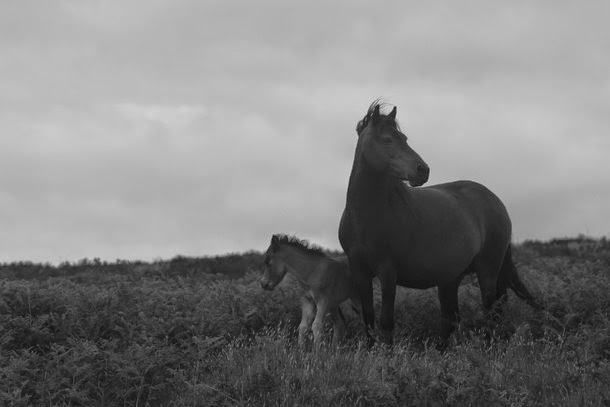Thanks to digital technology,
monochrome photography is easier than ever before. In their latest guest blog
post the team at Photoventure offer these six black and white photography tips
for getting great results.
1. Shoot raw and JPEG
The best monochrome conversions are
made by editing raw files which have the full colour information, but if you
shoot raw and JPEG files simultaneously and set the camera to its monochrome
Picture Style/Picture Control/Film Simulation mode you get an indication of how
the image will look in black and white.
As many photographers struggle to
visualise a scene in black and white, these monochrome modes are an invaluable
tool that will help with composition and scene assessment.
Many cameras are also capable of
producing decent in-camera monochrome images these days and it’s worth
experimenting with image parameters (usually contrast, sharpness, filter
effects and toning) to find a look that you like.
Because compact system cameras and
compact cameras show the scene seen by the sensor with camera settings applied,
users of these cameras are able to preview the monochrome image in the
electronic viewfinder or on rear screen before taking the shot.
DSLR users can also do this if they
activate their camera’s live view system, but the usually slower responses mean
that many will find it preferable or check the image on the screen
post-capture.
2. Look for contrast, shape and texture
The complimentary and opposing
colours that bring a colour image to life are all reduced to black and white or
shades of grey in a monochrome image and you have to look for tonal contrast to
make a shot stand out.
In colour photography, for example,
your eye would immediately be drawn to a red object on a green background, but
in monochrome photography these two areas are likely to have the same
brightness, so the image looks flat and dull straight from the camera.
Fortunately, it’s possible to work
adjust the brightness of these two colours separately to introduce some
contrast (see Take control in upcoming post for
more information). However, a good starting point is to look for scenes with
tonal contrast.
There are always exceptions, but as
a general rule look for scenes that contain some strong blacks and whites.
This can be achieved by the light or
by the brightness (or tone) of the objects in the scene as well as the exposure
settings that you use.
The brightness of the bark of a
silver birch tree for example, could inject some contrast (and interest) in to
a woodland scene.
Setting the exposure for these
brighter areas also makes the shadows darker, so the highlights stand out even
more.
Look for shapes, patterns and
textures in a scene and move around to find the best composition.
3. Try long exposure
Long exposure shots can work really
well in monochrome photography, especially where there’s moving water or
clouds.
During the exposure the highlights
of the water, for example, are recorded across a wider area than they would
with a short exposure and this can help enhance tonal contrast.
The blurring of the movement also
adds textural contrast with any solid objects in the frame.
If necessary, use a neutral density
filter such as Lee Filters’ Big Stopper or Little Stopper to
reduce exposure and extend shutter speed (by 10 and 4 stops respectively).
Naturally, when exposures extend
beyond about 1/60 sec a tripod is required to keep the camera still and avoid
blurring.
It’s also advisable to use a remote
release and mirror lock-up to minimise vibration and produce super-sharp
images.
4. Use filters
Graduated neutral density (AKA ND
grad) and polarising filters are just as useful in monochrome photography as
they are in colour.
In fact, because they manipulate
image contrast they are arguably more useful.
An ND grad is helpful when you want
to retain detail in a bright sky while a polarising filter can be used to
reduce reflections and boost contrast.
Alternatively, consider taking two
or more shots with different exposures to create a high dynamic range (HDR)
composite.
Don’t be afraid to use a ND grad
with a standard neural density filter if the sky is brighter than the
foreground in a long exposure shot.
Coloured filters, which are an
essential tool for monochrome film photographers, can also be useful for
manipulating contrast in digital images.
They work by darkening objects of
their opposite colour while lightening objects of their own.
An orange filter, for example, will
darken the blue of the sky while a green one will lighten foliage.
5. Take control
Although coloured filters can still
be used to manipulate contrast when shooting digital black and white images,
it’s more common to save this work until the processing stage.
Until a few years ago Photoshop’s
Channel Mixer was the preferred means of turning colour images monochrome, but
now Adobe Camera Raw has more powerful tools (in the HSL/Grayscale tab) that
allow you to adjust the brightness of eight individual colours that make up the
image.
It’s possible to adjust one of these
colours to make it anything from white to black with the sliding control.
However, it’s important to keep an
eye on the whole image when adjusting a particular colour as subtle gradations
can become unnatural looking.
And adjusting the brightness of a
red or pink shirt with the red sliding control, for instance, will have an
impact on the model’s skin, especially the lips.
The Levels and Curves controls can
also be used to manipulate tonal range and contrast, but the HSL/Grayscale
controls allow you to create separation between objects of the same brightness
but with different colours.
6. Dodge and burn
Dodging and burning is a technique
that comes from the traditional darkroom and is usually used to burn in or
darken highlights and hold back (brighten) shadows.
Photoshop’s Dodge and Burn tools
allow a level of control that film photographers could only dream of because
you can target the highlights, shadows or mid-tones with both.
This means that you can use the Burn
tool to darken highlights when they are too bright, or the Dodge tool to
brighten them to increase local contrast.
It’s a great way of giving a sense
of greater sharpness and enhancing texture.
Plus, because you can set the
opacity of the tools, you can build up their effect gradually so the impact is
subtle and there are no hard edges.






No comments:
Post a Comment